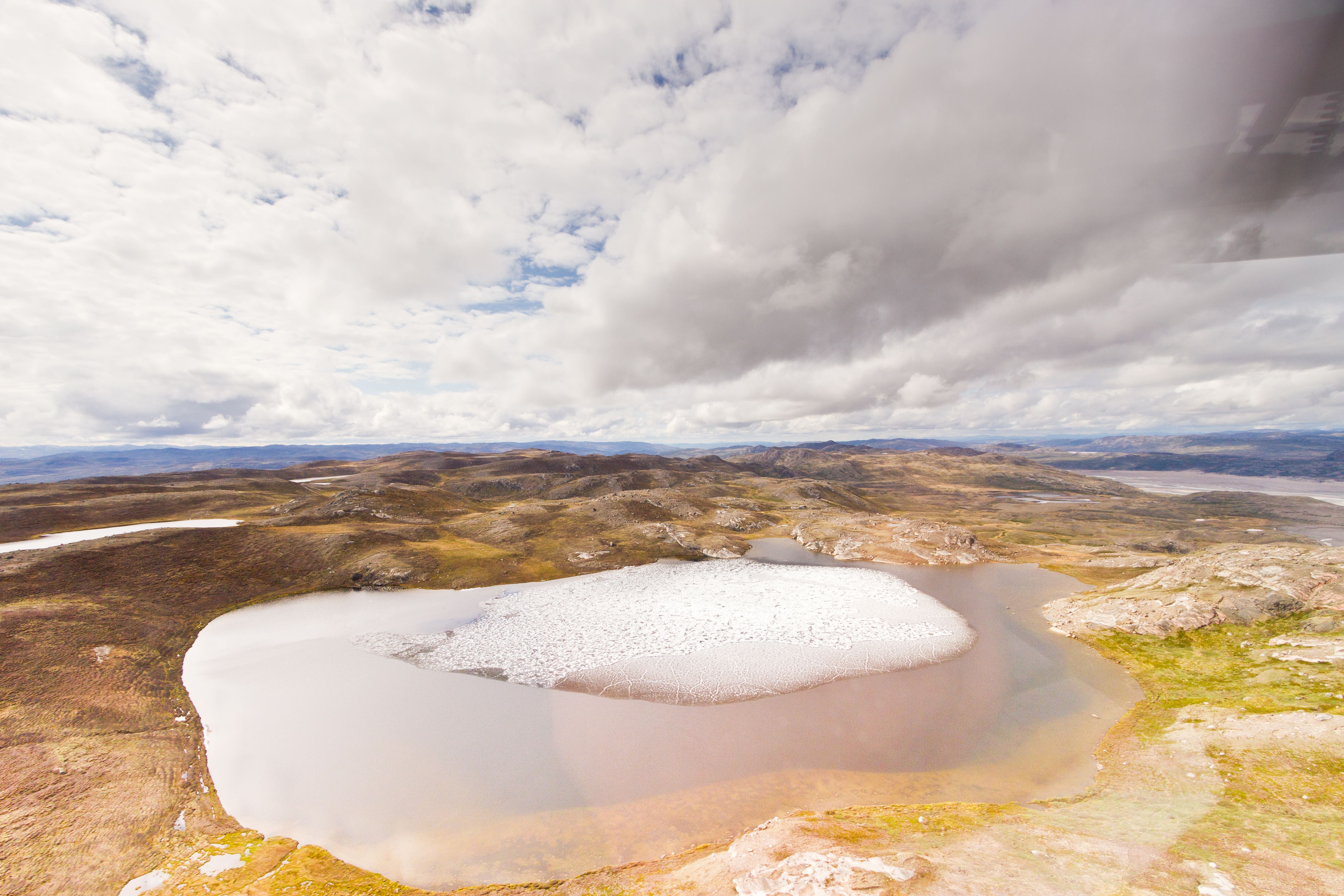Greenland may have been almost ice free as recently as 416,000 years ago – study
The findings overturn the widely held view that much of the Greenland ice sheet has been around for at least a million years, the researchers said.

Your support helps us to tell the story
From reproductive rights to climate change to Big Tech, The Independent is on the ground when the story is developing. Whether it's investigating the financials of Elon Musk's pro-Trump PAC or producing our latest documentary, 'The A Word', which shines a light on the American women fighting for reproductive rights, we know how important it is to parse out the facts from the messaging.
At such a critical moment in US history, we need reporters on the ground. Your donation allows us to keep sending journalists to speak to both sides of the story.
The Independent is trusted by Americans across the entire political spectrum. And unlike many other quality news outlets, we choose not to lock Americans out of our reporting and analysis with paywalls. We believe quality journalism should be available to everyone, paid for by those who can afford it.
Your support makes all the difference.Greenland may have truly been green as recently as 416,000 years ago, scientists have said, raising concerns that its ice sheets may not be as stable as previously thought.
Scientists analysed sediment extracted from an ice core collected from the region, which showed evidence of leaves and moss from that time period.
Results indicate a large portion of Greenland’s ice melted when Earth warmed moderately between 424,000 to 374,000 years ago, causing global sea level to rise between five and 20 feet.
The researchers said their work, published in the journal Science, overturns the widely held view that much of the Greenland ice sheet has been around for at least a million years, if not longer.
Paul Bierman, a geologist and professor at the University of Vermont in the US, said: “It’s really the first bulletproof evidence that much of the Greenland ice sheet vanished when it got warm.”
Ice cores are cylinders of drilled ice from glaciers and ice sheets that are essentially frozen time capsules, allowing scientists to reconstruct Earth’s climate from millions of years ago.
The researchers analysed a 12-foot-long ice core that was drilled at Camp Century in north-west Greenland, which served as a secret US army base during the Cold War.
This icy sample was lost in a freezer for decades and was only accidentally rediscovered in 2017.
Using state-of-the-art technology, the scientists also found that the sediments in the sample were deposited by flowing water during a moderate warming period called Marine Isotope Stage 11.
Greenland's past, preserved in 12 feet of frozen soil, suggests a warm, wet, and largely ice-free future for planet Earth unless we can dramatically lower the concentration of carbon dioxide in the atmosphere
They believe that during this time, most of Greenland was ice free, and may have perhaps been transformed into a tundra covered by trees and roaming woolly mammoths or even a boreal forest.
The researchers said understanding Greenland’s past is essential for predicting how its ice sheet will respond to climate warming in the future.
Greenland’s ice sheets hold enough water to cause 23 feet of sea level rise, the team said, putting every coastal city in the world at risk.
Prof Bierman said: “Greenland’s past, preserved in 12 feet of frozen soil, suggests a warm, wet, and largely ice-free future for planet Earth unless we can dramatically lower the concentration of carbon dioxide in the atmosphere.”
He added: “Four-hundred-thousand years ago there were no cities on the coast and now there are cities on the coast.”
The researchers said that the Earth’s atmosphere contains 50% more heat trapping carbon dioxide than it did when Greenland’s ice sheet melted during Marine Isotope Stage 11.
Tammy Rittenour, a professor in the Department of Geosciences at Utah State University in the US, said: “If we melt just portions of the Greenland ice sheet, the sea level rises dramatically.
“Forward modelling the rates of melt, and the response to high carbon dioxide, we are looking at metres of sea level rise, probably tens of metres.”